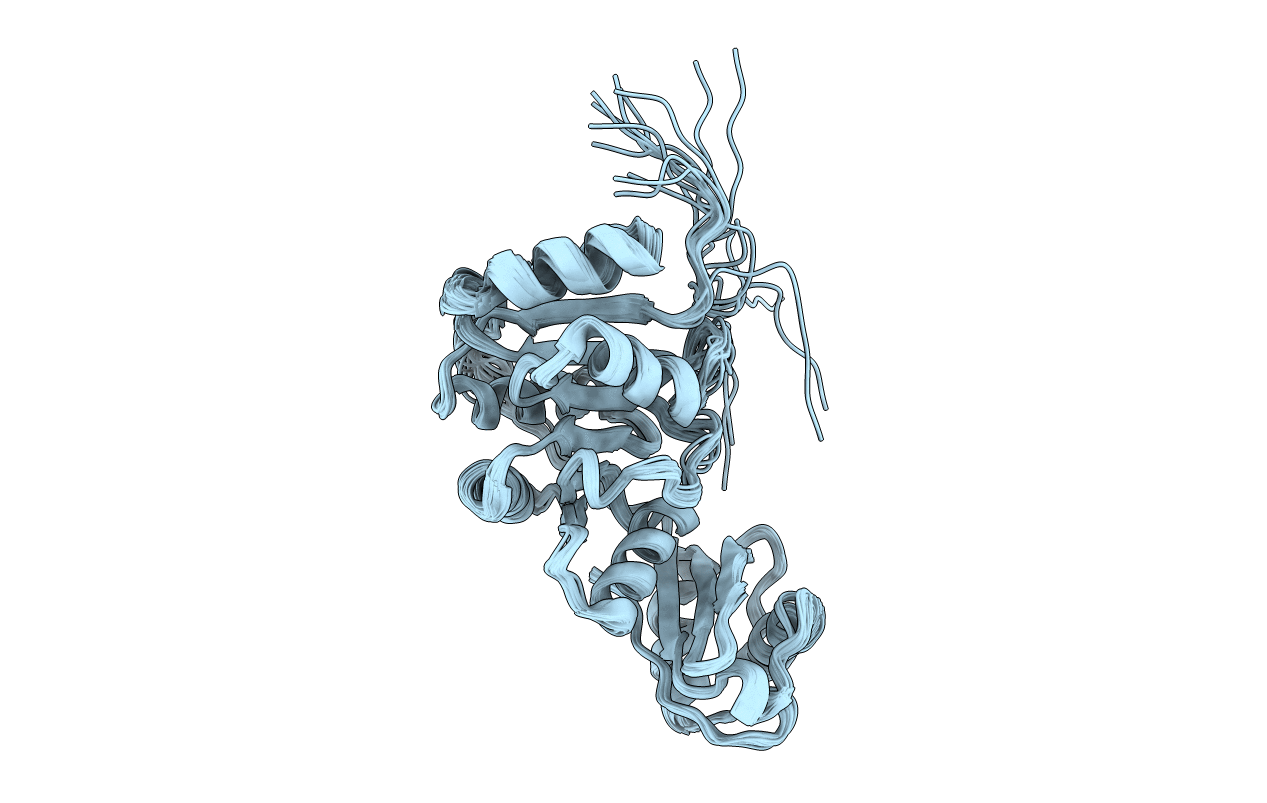
Deposition Date
2020-12-17
Release Date
2021-07-14
Last Version Date
2024-06-19
Entry Detail
PDB ID:
7BBB
Keywords:
Title:
Solution structure of C-terminal RecA and RRM domains of the DEAD box helicase DbpA
Biological Source:
Source Organism:
Escherichia coli K-12 (Taxon ID: 83333)
Host Organism:
Method Details:
Experimental Method:
Conformers Calculated:
100
Conformers Submitted:
20
Selection Criteria:
structures with the lowest energy


